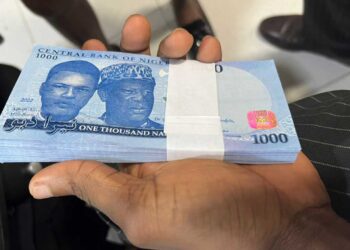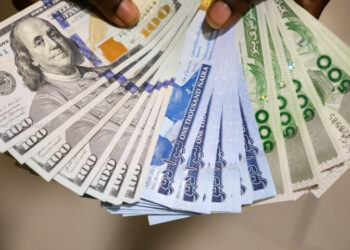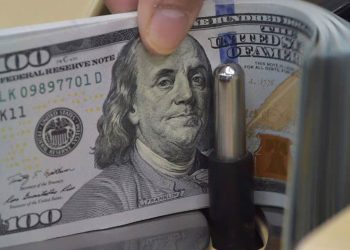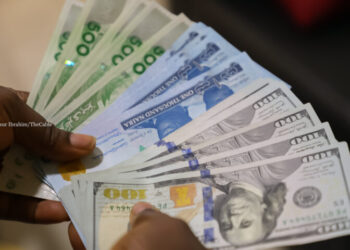The Nigerian naira experienced a slight decline at the start of this week, falling below the key support level of N1,525 per U.S. dollar in the black market. This drop came ahead of Federal Reserve Chair Jerome Powell’s address, which was highly anticipated by market observers.
The naira’s value decreased to N1,523/$1 in the Nigerian Autonomous Foreign Exchange Market (NAFEM), down from N1,509/$1 at the end of last week, indicating a N14 drop. This decline marks a continuous downward trend for the naira, which has been weakening for the past ninety days.
Several factors have contributed to the increased pressure on the naira. Demand for the dollar from importers and travelers, especially during the summer vacation season, has surged. Additionally, instability and a lack of dollar liquidity have compounded the difficulties faced by Nigeria’s central bank in its efforts to stabilize the local currency, despite an increase in the country’s foreign exchange assets.
At the end of the first half of 2024, the naira was identified as the worst-performing currency globally. Analysts from S&P Global suggest that Nigeria’s ongoing foreign exchange issues could be mitigated through strategic developments such as the Dangote Oil Refinery and Petrochemicals company, which could bolster economic growth.
U.S. Dollar Index Trends Upward
In the broader currency market, the U.S. dollar index has maintained a bullish trend, recovering slightly in London trading after a week of significant losses. These losses were influenced by increasing expectations of a Federal Reserve interest rate cut following disappointing U.S. jobs data.
The U.S. 2-year yield, a key indicator of Federal Reserve rate expectations, fell below the crucial 4.70% support level. Market participants are now looking to Powell’s upcoming testimony for further guidance. The market is currently anticipating two rate cuts from the Federal Reserve this year, with a high probability of one occurring in September.
The U.S. dollar index, which has been strong since the beginning of the year, continues to exert pressure on emerging market currencies like the naira. The index’s current level is supported by the 38.2% Fibonacci retracement of this year’s rebound at 104.20. If the index falls below this support, it could lead to a period of negative consolidation for the dollar, providing some relief to other currencies.
Outlook
The naira’s ongoing depreciation highlights the challenges faced by Nigeria’s economy, particularly in managing its foreign exchange market. The upcoming statements from Federal Reserve officials, including Chair Powell, will be closely watched for their impact on the dollar and, consequently, on the naira and other frontier currencies.











